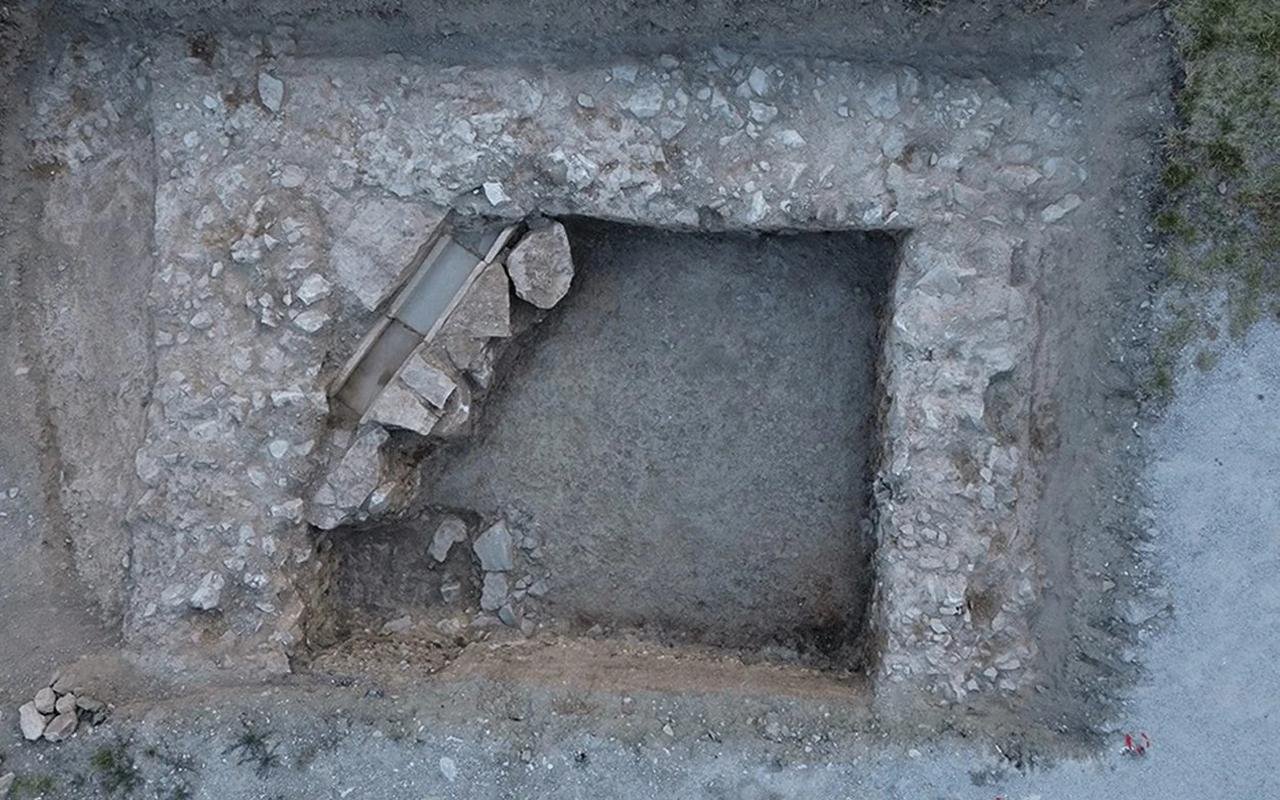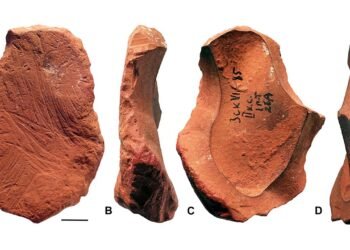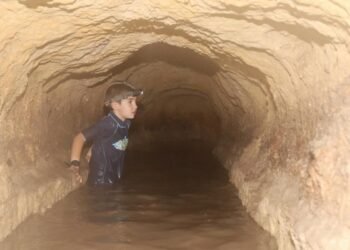Archaeologists excavating in Spello, Italy, have discovered the remnants of the largest Imperial cult temple found to date.

Led by Professor Douglas Boin and his team from Saint Louis University, the excavations unveiled the remains of a monumental Roman temple dating back to the fourth century CE.
The ancient town of Spello, originally inhabited by the Umbri people and later becoming a Roman colony during the 1st century BCE, witnessed the emergence of a significant Imperial cult temple during the reign of Emperor Constantine.
The temple’s discovery was triggered by an 18th-century inscription detailing a fourth-century letter from Emperor Constantine to the townspeople of Spello. The inscription, displayed in the town hall, outlined that the residents could celebrate a religious festival locally if they erected a temple to Constantine’s divine ancestors, the Flavian family. This practice was part of the Roman imperial cult, where emperors and their families were worshipped as divine entities.

Professor Douglas Boin said: “It will significantly aid in the understanding of the ancient town, the ancient townscape, and city society in the later Roman Empire because it shows the continuities between the classical pagan world and early Christian Roman world that often get blurred out or written out of the sweeping historical narratives.”
The temple, the largest Imperial cult temple discovered to date, features three massive walls dating from Constantine’s reign. Boin emphasized the significance of the temple as evidence of religious continuity between the Roman and early Christian worlds. “Things didn’t change overnight,” he told Newsweek.
The findings also illuminate the multicultural aspects of Roman society at the time. The rescript from Constantine revealed the town’s autonomy to celebrate a local festival, showcasing the blending of cultural and religious practices. The temple itself, located near an ancient religious sanctuary, becomes a focal point for understanding the dynamics of the late Roman Empire.
Boin, an expert in ancient Rome’s religious transitions, utilized ground-penetrating radar to uncover the temple’s location beneath a modern parking lot. Then. the excavation team carefully revealed two adjoining walls. Boin declared this discovery as the largest evidence ever of the Imperial Cult in fourth-century Italy and the late Roman Empire.
The temple’s existence challenges previous assumptions about the separation of religion and state in the Roman world, emphasizing the interconnectedness of religious and civic life. Boin noted, “This temple bridges those two landmarks, and in that respect, it is unlike any temple that I know about from the Mediterranean world of the fourth century Roman Empire.”
The slow pace of societal changes during this period is evident in the temple’s role as a place of worship for pagan residents even after Constantine’s conversion to Christianity. The transition to Christianity as the official religion of the Roman Empire took nearly 70 years.
Professor Boin and his team plan to return to Spello for further excavation next summer. “Cultural changes are never as big as we think they are when living through them,” he emphasized, highlighting the importance of understanding the complexities of the past.























